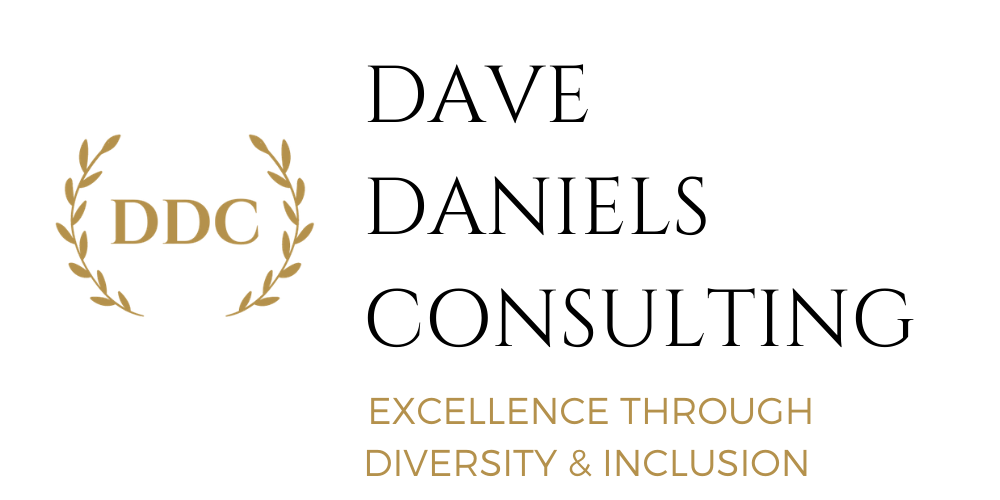My first 3 articles focused on the selection process to obtain the best possible Diversity and Inclusion (D & I) candidate for your organization, then transitioned to Step 1 of the DDC approach – the Assessment. Before exploring Step 2, I wanted to add a bit more texture to Step 1. It starts by gathering key information on the company i.e. the vision statement, values, and demographic composition of all levels of the organization. This information helps the CDO frame confidential 1 on 1’s with each member of the leadership group starting with the CEO. These sessions are critical to obtain a relationship of trust allowing for a free and honest sharing of information to the CDO, which is best achieved by utilizing an outside resource.
Once these 1 on 1’s are completed, the CDO meets with the Executive Leadership Team (ELT) twice with the goal of reaching alignment. The first meeting focuses on sharing D & I priorities, solidifying key D & I definitions, and finalizing the Vision of Success (VOS). The second meeting revolves around integrating a D & I lens and actions around the current/future Annual Plan. Next, the ELT establishes measurement components (outcomes vs. impact) utilizing the measurement technique currently used by the organization i.e. SMART, FAST, etc. Finally, a communications plan is established to cascade the good work done by the ELT, led by the CEO.
Avoid the tactical trap of deploying a series of D&I related courses right from the start.

Once the aforementioned steps have been completed, three new key steps need to be energized. First, a D & I Council needs to be established and comprised of a diverse group of “high potential” employees. The right Chief Diversity Officer (CDO) should lead this selection of this group and with the lead of the Succession Planning process in the organization. The CDO should also lead the guidance and implementation of this group. The primary purpose for this group should be to provide the CEO & the ELT with honest and constructive input on a regular basis. The company vision, values, and VOS need to guide this group, so it stays focused on its primary mission, optimizing the engagement of all employees leading to improved results.
The second part of this step centers around the CDO meeting with each ELT member and his/her key team member(s). Why? To take a similar approach within each business unit, as undertaken by the ELT. This action step helps ensure that the D & I lens, along with accountability, is cascaded throughout the company. The CDO partners with each ELT member to ensure integrity and continuity within the entire company.
Finally, the CDO needs to shape the Learning and Development (L & D) roadmap for the organization, as part of the 4-5-year strategic D & I plan. While every company’s needs will vary, I strongly urge you, the CEO, to focus on the ELT, first. Build and improve the skills of this level to optimize your results. Avoid the tactical trap of doing a bunch of D & I related courses, initially, like so many companies do. The best tool for 1 on 1 development for the ELT is the Intercultural Development Inventory (IDI). As a certified administrator with significant experience with the IDI, I can administer and coach your team to expand their skill set in selecting and developing a diverse team through real world and effective guidance.
